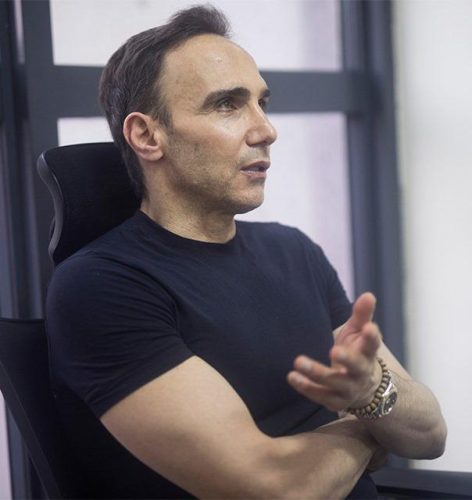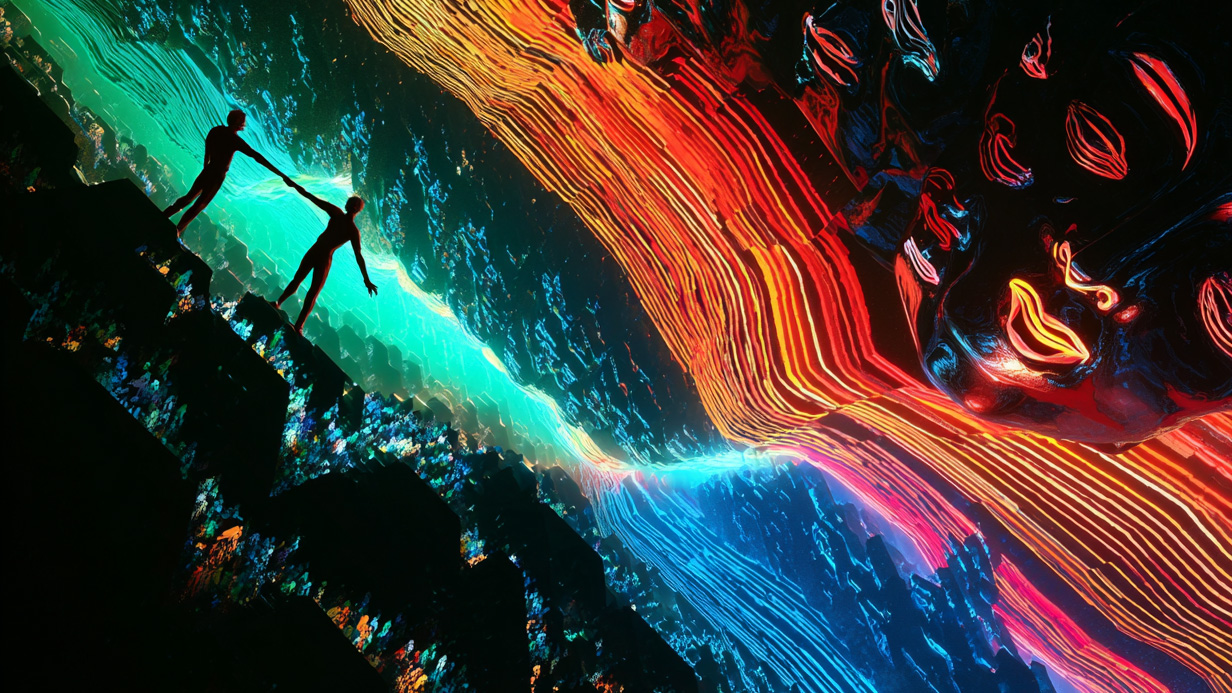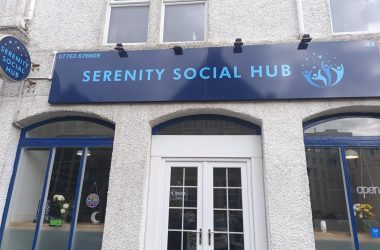Dating has gone digital. What once meant meeting someone through a friend or by chance now often begins with a swipe. For millions, online dating has become a norm, with algorithms quietly shaping who we meet, how we connect, and what we expect from love itself.
Now artificial intelligence is playing a larger role. Not just picking your most attractive photos or rating how clever your profile reads, but reshaping how intimacy begins. As AI grows more fluent in romance, the question is whether we’re building better connections—or just faster, flatter ones.
At Match Group, which owns Tinder, Hinge and OkCupid, the move toward AI is already underway. Its 2024 Investor Day presentation outlines a roadmap of new features, including generative tools to enhance dating profiles and machine learning models designed to find more compatible matches.
“We believe AI will be transformative for the dating industry, helping Match Group and our brands make meaningful connections faster, safer, and more personalised than ever,” a Match Group spokesperson said.
Beyond the big names, a new generation of apps like Iris Dating and YourMove are taking AI even further. They use facial recognition, behavioural data and large language models to decode and initiate attraction.
Iris, founded by Dr Igor Khalatian, aims to remove much of the randomness of app-based dating by focusing on innate patterns of attraction. The app uses facial recognition combined with a user training process, in which individuals swipe on a series of stock photos to uncover subconscious preferences. Users must photo-verify their accounts to mitigate bot users and catfishing, making Iris a safer space compared to other apps.
“Finding strong mutual attraction is like spinning two roulette wheels at once—it’s one in a million,” Khalatian said.

For Khalatian, the problem with traditional dating apps isn’t just who users see—it’s how exhausting and unreliable the filtering process can be. “People can put anything in their profiles,” he said. “The amount of exaggeration and lies is extreme.”
Iris uses AI to streamline the early stages by prioritising mutual visual attraction. “If Iris can efficiently go through a million people and present you with the 100 you find mutually attractive, then the next important step is to find out more, engage in conversation, and build from there,” Khalatian said.
While filtering by attraction may help streamline the search for connection, experts warn that deeper structural biases still seep into even the smartest systems.
Jennifer Lundquist, Senior Associate Dean of Research and Faculty Development and Professor of Sociology at the University of Massachusetts Amherst, said dating platforms tend to reproduce, rather than challenge, existing social hierarchies. Particularly those using dynamic algorithms based on swiping patterns.

“Humans are flawed, and they tend to imprint their cultural norms and biases in the technology they create,” Lundquist said. “No design choice is neutral.”
Visual-first matching, she noted, risks amplifying the racial preferences and aesthetic biases already present in offline dating cultures. While someone with broad openness to difference might find themselves meeting a wider range of people, users with narrow visual preferences may see biases reinforced by the app’s learning systems—often invisibly.
Beyond bias, Lundquist raised wider concerns about the commercial structures behind AI-assisted dating.
“These companies operate under a for-profit business model,” she said. “They are not in the business of social engineering or the social good. They want users to stay on the platform—and sometimes that means matches that feel just out of reach, keeping people engaged but dissatisfied.”
Many users are unaware of how much personal data is gathered by dating apps. “No app is ‘free’. The platforms arguably make more money selling their data to third parties than they would through advertisements or membership fees,” Lundquist said. The kind of data gleaned from dating apps, she noted, is “deeply personal”.
As AI becomes more deeply embedded in how apps function, the risks of surveillance capitalism and digital inequality, Lundquist argued, will only grow.
Concerns about AI’s impact on deeper human capacities go beyond bias or privacy. Christoph Hinske, cofounder of The Living Lab for Ecosystem-Wide Flourishing at Saxion University, explores how technology shapes the conditions for connection. “Emotionally responsive AI can simulate attentiveness, care, even warmth. But it doesn’t risk vulnerability. It doesn’t grow with us,” Hinske said.
Apps like Replika and Eva AI now offer full-scale digital companionships, promising affection without friction, intimacy without unpredictability. Yet, as the lines between human and machine interaction blur, many experts warn that something vital could be at stake.
Hinske described it poignantly: “Dancing with AI is like dancing with a mirror: it reflects us, maybe even beautifully, but it doesn’t move us.”
“Attraction is not mathematical,” said Lundquist. “We all want to believe there’s something magical about falling in love—and no algorithm has cracked that code.”
Yet for innovators like Khalatian, the goal isn’t to replace romance, but to reduce the exhaustion that often precedes it. “If I can contribute a little bit to reducing the level of frustration and increasing the level of happiness,” he said, “I personally will be very happy.”
Cover image: symbolic, created in MidJourney








